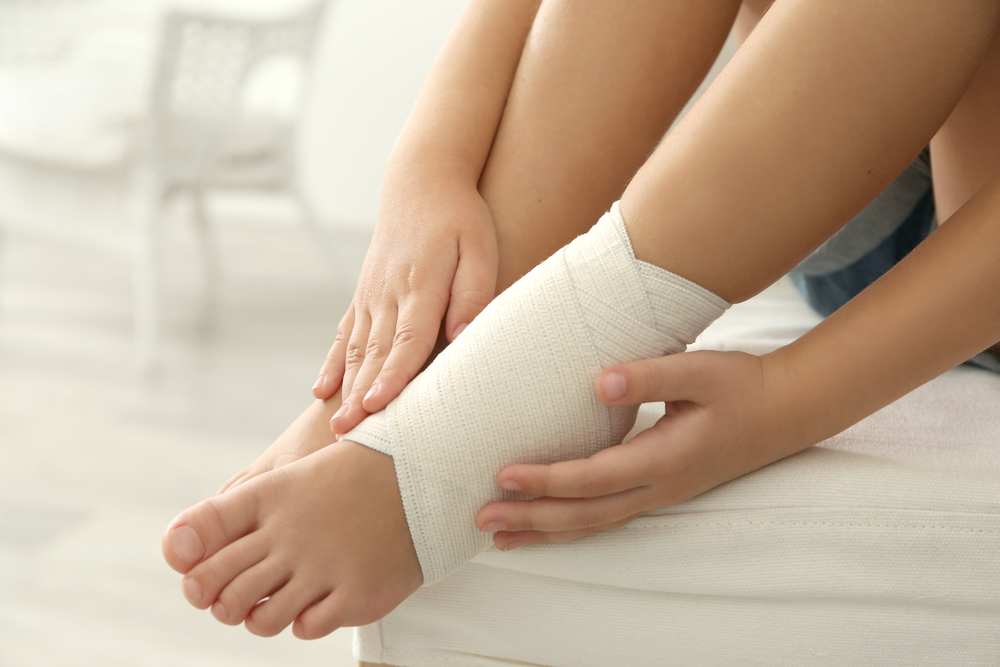 There are many similar symptoms between ankle sprains and ankle strains. These may include the patient experiencing swelling and pain in and around the ankle in addition to the foot showing signs of instability. The differences may often be indicated by the location of the pain. People who experience ankle sprains may often notice bruising, limited mobility in the foot and may hear a popping noise as the injury occurs. An ankle strain may be the result of overusing the muscles and tendons in the ankle, and it may occur while participating in sports that involve running and jumping. If you have incurred an ankle injury, you may want to consider speaking with a podiatrist who can properly diagnosis and treat ankle pain.
There are many similar symptoms between ankle sprains and ankle strains. These may include the patient experiencing swelling and pain in and around the ankle in addition to the foot showing signs of instability. The differences may often be indicated by the location of the pain. People who experience ankle sprains may often notice bruising, limited mobility in the foot and may hear a popping noise as the injury occurs. An ankle strain may be the result of overusing the muscles and tendons in the ankle, and it may occur while participating in sports that involve running and jumping. If you have incurred an ankle injury, you may want to consider speaking with a podiatrist who can properly diagnosis and treat ankle pain.
Foot and ankle trauma is common among athletes and the elderly. If you have concerns that you may have experienced trauma to the foot and ankle, consult with one of our podiatrists from Westside Podiatry Center, LLP. Our doctors will assess your condition and provide you with quality foot and ankle treatment.
Foot and ankle trauma cover a range of injuries all over the foot; common injuries include:
- Broken bones
- Muscle strains
- Injuries to the tendons and ligaments
- Stress fractures
Symptoms
Symptoms of foot and ankle injuries vary depending on the injury, but more common ones include:
- Bruising
- Inflammation/ Swelling
- Pain
Diagnosis
To properly diagnose the exact type of injury, podiatrists will conduct a number of different tests. Some of these include sensation and visual tests, X-rays, and MRIs. Medical and family histories will also be taken into account.
Treatment
Once the injury has been diagnosed, the podiatrist can than offer the best treatment options for you. In less severe cases, rest and keeping pressure off the foot may be all that’s necessary. Orthotics, such as a specially made shoes, or immobilization devices, like splints or casts, may be deemed necessary. Finally, if the injury is severe enough, surgery may be necessary.
If you have any questions, please feel free to contact one of our offices located in Liverpool, Camillus, Skaneateles, Oswego, and Cicero, NY . We offer the newest diagnostic and treatment technologies for all your foot care needs.









